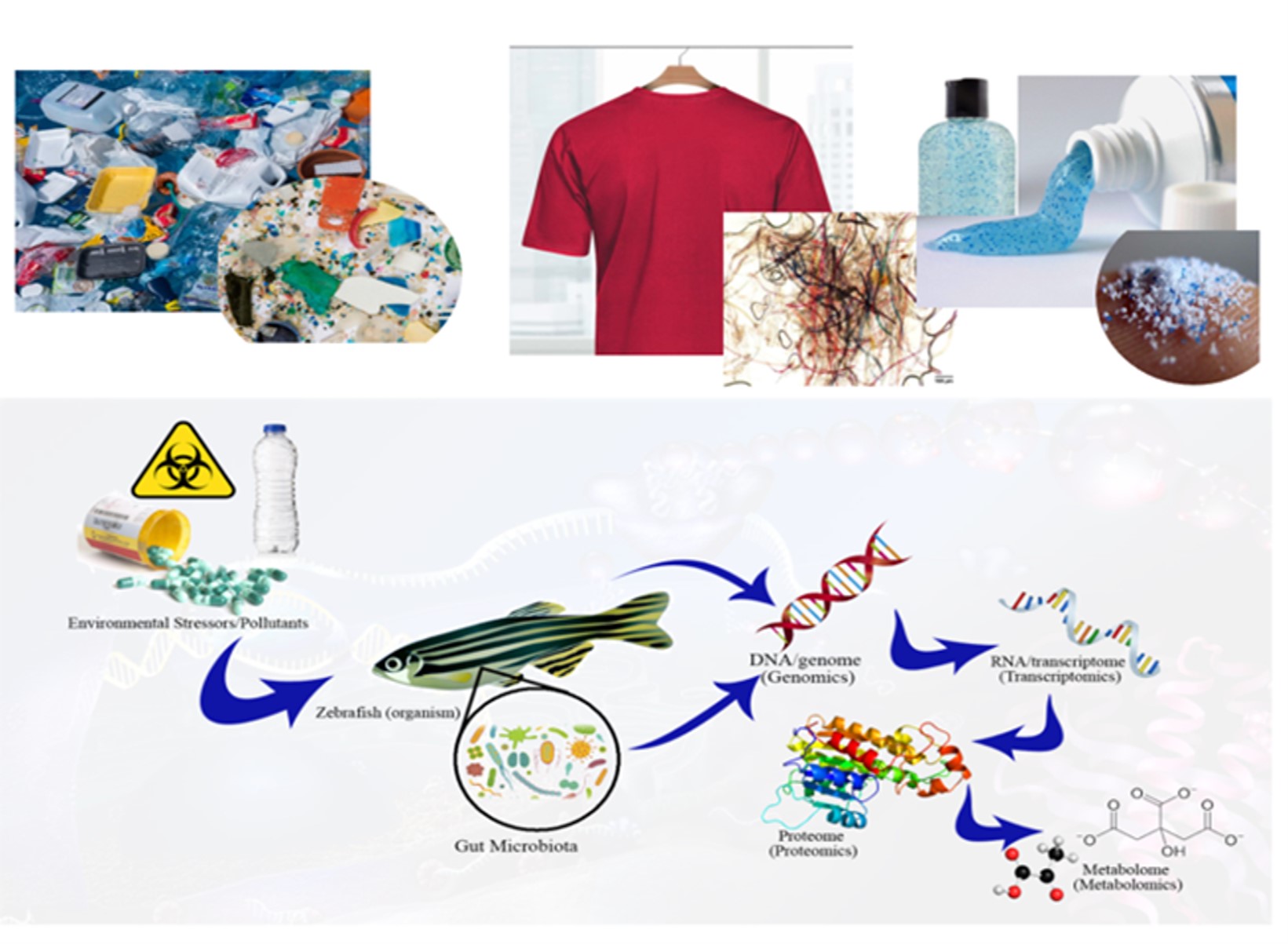-
-
- Bridging Scales from Below: The Role of Heterogeneities in the Global Water and Carbon Budgets
- Increasing Occurrences of Cyanobacterial Blooms Driven by Climate Change Factors
- Carbon Capture and Utilization
- Integrated Coastal-Inland Flood Model for Climate Change
- Pathways for Sustainable and Climate-Resilient Planning of Water-Energy-Food Security Nexus
-
- Air Quality and Health: A Paradigm Shift
- Surface Water Quality and Emerging Contaminants
- Microbial detoxification of persistent organohalide pollutants (POPs)
- Nutrients Removal in Waterbodies via Sustainable Pathways
- Centre for Water Research (CWR) researchers join their forces with U of T researchers for microplastics pollution detection and control in water and wastewater
- Dealing with Hard-To-Treat Industrial Wastewater
- Valorization of Bioresources – Towards a Circular Economy
-
- Intelligent Traffic Diffusion Plan Generation, Effective Assessment and Dissemination Strategies
- Transforming Waste into Resources for Infrastructural Development
- Look-Ahead Integrated Geophysical Investigation System (IGIS) for Singapore Tunnels
- Next-Generation Airport Pavements with Full-Scale Instrumented Testing
-
- Centre for Advanced Materials and Structures
- Centre for Hazards Research
- Centre for Resilient Underground Infrastructure and Engineering (CRUISE)
- Centre for Transportation Research
- Centre for Water Research
- Centre for Resource Circularity and Resilience (CR)2
- Centre for Offshore Research and Engineering (CORE)
- Centre for Environmental Resilience
- Safety & Health Committee
- Completed Research Projects
- Research Brief
- Achievements (in the media)
Centre for Water Research (CWR) researchers join their forces with U of T researchers for microplastics pollution detection and control in water and wastewater
Two NUS-U of T joint projects were led by Centre for Water Research (CWR) Principle Investigators Prof. Ng How Yong and Prof. Hu Jiangyong. The research projects aim to achieve the overall objective of developing measurement and removal strategies for microplastics pollution control in water environment. The project on “Microplastics-Water and Wastewater” aims to understand the fate and behaviour of microplastics in wastewater treatment plants. The project on “Transformation of microplastics as emerging contaminant in water” targets to decompose microplastics in water through advanced oxidation processes. Dr Bae Sun Woo is the Co-PI for both projects and his work is expected to have a comprehensive assessment of the toxicity of microplastics and their by-products during the decomposition process. The two projects are funded by NUS with a duration of 3 years and in collaboration with Prof. Bob Andrews and Prof. Susan Andrews from University of Toronto.

Microplastics in water environment and its impact assessment using molecular biological tools
A workshop for the NUS-U of T collaboration on Sustainable Urban Water, Waste and Energy was organized on 15-16 July online. Both Deans, Prof. Aaron Voon-Yew Thean and Prof. Chris Yip gave welcome speeches at the beginning of the workshop. Around 50 researchers from both universities participated in the two-day workshop, shared and discussed actively on various pressing environmental issues on microplastics, waste to energy, decarbonization, CO2 reduction and so on.
The researchers from both universities shared their research activities on microplastics pollution on 15 July. The sharing started with a review on current research status on microplastics by Prof. Ng How Yong’s research group. Prof. Bob Andrews then introduced various microplastics measurement methods developed by U of T. Dr Bae Sung Woo’s research group demonstrated interesting research on ecotoxicity of microplastics to zebrafish using multi-omics. Prof. Hu Jiangyong’s research group presented the findings on the removal potential of microplastics by ozonation, one of advanced oxidation processes in water and wastewater treatment. Prof. Susan Andrews’s research group addressed on the interaction between microplastics and micropollutants in water. The presentations were followed by active discussion and future directions were explored.
For more details, please contact:
Prof Hu Jiangyong
Email: ceehujy@nus.edu.sg

